Introduction: Why Breathing Issues Need Attention
Shortness of breath, also known as dyspnea, is a common symptom that can range from mild discomfort to a sign of a serious lung condition. Many people ignore early breathing problems, assuming they’ll go away. However, if your breathlessness is persistent, worsens over time, or is associated with chest tightness, cough, or fatigue, it’s time to consult a pulmonologist—a doctor specializing in lung and respiratory diseases.
In India, respiratory illnesses are among the top causes of hospital visits, particularly during pollution spikes and seasonal infections. Recognizing when to seek help early can prevent complications and improve quality of life.
What Is Shortness of Breath?
Shortness of breath is a sensation of not getting enough air into your lungs. It can occur suddenly or develop gradually, depending on the cause. While temporary breathlessness can follow exercise or anxiety, chronic or unexplained shortness of breath may indicate a lung or heart problem.
Common Causes of Shortness of Breath
1. Lung Infections
Conditions like pneumonia, bronchitis, and tuberculosis can inflame or fill the lungs with fluid, reducing oxygen exchange and causing breathlessness.
2. Asthma
A chronic condition where airways narrow and swell, leading to wheezing, coughing, and tightness in the chest.
3. Chronic Obstructive Pulmonary Disease (COPD)
Often seen in smokers or those exposed to air pollution, COPD damages lung tissue, making breathing progressively harder.
4. Allergic Reactions
Severe allergies can trigger sudden airway narrowing and difficulty in breathing.
5. Heart Problems
Conditions like heart failure or arrhythmia can cause fluid buildup in the lungs, leading to breathlessness.
6. Anemia
Low red blood cell count reduces oxygen transport, making you feel breathless even during light activity.
7. Anxiety or Panic Disorders
Stress-related hyperventilation can mimic respiratory problems but needs different management.
When to See a Pulmonologist
You should see a pulmonologist immediately if you experience:
- Sudden or severe shortness of breath
- Breathlessness that worsens with time
- Cough lasting more than three weeks
- Wheezing or noisy breathing
- Chest pain or pressure
- Blue lips or fingertips (low oxygen levels)
- Breathlessness during rest or sleep
If you have a lung infection or recurrent respiratory issues, a pulmonologist can diagnose the root cause and tailor treatment accordingly.
Book your Quickobook doctor appointment to consult a nearby pulmonologist today.
How a Pulmonologist Diagnoses the Cause
A pulmonologist will evaluate your symptoms, medical history, and perform tests such as:
- Chest X-ray or CT scan: To visualize the lungs.
- Spirometry: Measures airflow and lung capacity.
- Oxygen Saturation (SpO₂): Checks oxygen levels in the blood.
- Blood Tests: Identify infections or anemia.
- Allergy Tests: If asthma or allergic reactions are suspected.
Treatment Options for Shortness of Breath
Treatment depends on the underlying cause:
- Infections: Antibiotics or antivirals.
- Asthma: Inhalers and bronchodilators.
- COPD: Long-term medications, oxygen therapy, and pulmonary rehab.
- Heart-related causes: Managed by a cardiologist in coordination with a pulmonologist.
- Anxiety: Breathing exercises, therapy, or mild medications.
Home Care and Lifestyle Tips
- Avoid smoking and exposure to pollution.
- Maintain a healthy weight.
- Practice deep-breathing and relaxation exercises.
- Use air purifiers at home.
- Stay hydrated and take medications on time.
If symptoms persist or worsen, don’t delay professional help—book a Quickobook doctor appointment and get checked by a qualified pulmonologist.
READ ALSO: Tuberculosis (tb) – Early Signs And Prevention Tips
Risks of Ignoring Shortness of Breath
Ignoring chronic breathlessness can lead to:
- Permanent lung damage
- Reduced oxygen levels (hypoxia)
- Heart strain
- Increased risk of respiratory failure
- Hospitalization in severe cases
Early diagnosis prevents complications and improves long-term outcomes.
50 FAQs on Shortness of Breath and Pulmonology
Q1. What does a pulmonologist treat?
A. Pulmonologists treat lung diseases like asthma, COPD, pneumonia, TB, and sleep apnea.
Q2. When should I see a pulmonologist?
A. If you have ongoing shortness of breath, chronic cough, or frequent lung infections.
Q3. Can shortness of breath be due to anxiety?
A. Yes, anxiety can cause temporary breathlessness but should be evaluated by a doctor.
Q4. How do I know if my shortness of breath is serious?
A. If it occurs suddenly, at rest, or is accompanied by chest pain or blue lips, seek help immediately.
Q5. What tests will a pulmonologist do?
A. Lung function tests, X-rays, blood tests, and oxygen level monitoring.
Q6. Can lung infection cause shortness of breath?
A. Yes, infections like pneumonia and bronchitis are common causes.
Q7. Is shortness of breath the same as asthma?
A. No, it’s a symptom that can result from many conditions, including asthma.
Q8. How can I relieve breathlessness at home?
A. Sit upright, take slow deep breaths, use prescribed inhalers, and stay calm.
Q9. Can pollution cause breathing difficulty?
A. Yes, prolonged exposure can damage lungs and worsen existing conditions.
Q10. Can obesity cause shortness of breath?
A. Yes, excess weight can strain lungs and heart.
Q11. Does exercise help lung health?
A. Moderate exercise strengthens lung capacity and endurance.
Q12. Can heart disease cause breathlessness?
A. Yes, especially if fluid builds up in the lungs.
Q13. What is COPD?
A. A chronic lung disease that makes breathing progressively difficult.
Q14. Can stress make me feel short of breath?
A. Yes, panic or anxiety can cause temporary shortness of breath.
Q15. What is the difference between pulmonologist and general physician?
A. A pulmonologist specializes in lung and breathing issues, while a general physician handles overall health.
Q16. Can lung infections be prevented?
A. Yes, through vaccinations, hygiene, and avoiding exposure to infections.
Q17. Can children have lung diseases?
A. Yes, asthma and infections are common in children.
Q18. Is shortness of breath during exercise normal?
A. Mild breathlessness is normal; severe or persistent is not.
Q19. How can Quickobook help?
A. You can book pulmonologist appointments online quickly and easily.
Q20. What foods support lung health?
A. Fruits, green leafy vegetables, garlic, and omega-3-rich foods.
Q21. How often should I visit a pulmonologist?
A. As advised, especially if you have chronic lung disease.
Q22. Can shortness of breath be cured?
A. Yes, if the underlying cause is identified and treated early.
Q23. What is pulmonary rehabilitation?
A. A therapy program to improve breathing and lung strength.
Q24. Can TB cause breathlessness?
A. Yes, TB can damage lung tissue and restrict airflow.
Q25. Is shortness of breath a sign of COVID-19?
A. It can be, especially with fever and cough—seek testing.
Q26. Can smoking cause chronic breathlessness?
A. Yes, smoking is a major cause of COPD and lung damage.
Q27. What should I do during a breathless episode?
A. Sit upright, use prescribed inhaler, and seek emergency care if severe.
Q28. Can dehydration affect breathing?
A. Yes, it can thicken mucus, making breathing harder.
Q29. Are inhalers safe?
A. Yes, when used as prescribed by your doctor.
Q30. Can acid reflux cause breathing difficulty?
A. Yes, GERD can irritate airways and cause breathlessness.
Q31. Is shortness of breath common in pregnancy?
A. Mild breathlessness is normal; severe cases need medical evaluation.
Q32. Can allergies cause breathing issues?
A. Yes, pollen, dust, or mold allergies can trigger breathlessness.
Q33. Can lung cancer cause shortness of breath?
A. Yes, due to tumor growth or fluid buildup.
Q34. Does cold weather worsen breathlessness?
A. Yes, it can tighten airways, especially in asthma patients.
Q35. What if my oxygen level drops below 94%?
A. Seek immediate medical attention.
Q36. Is shortness of breath after eating normal?
A. It may occur with GERD or obesity and needs evaluation.
Q37. Can pulmonary fibrosis cause breathlessness?
A. Yes, scarring of lungs restricts oxygen exchange.
Q38. How is lung infection treated?
A. With antibiotics, rest, and hydration under medical supervision.
Q39. How can I strengthen my lungs?
A. Practice breathing exercises like diaphragmatic and pursed-lip breathing.
Q40. Can shortness of breath be temporary?
A. Yes, if caused by anxiety or exertion.
Q41. Should I get a chest X-ray for breathlessness?
A. Yes, if symptoms persist for more than two weeks.
Q42. Can sleep apnea cause breathlessness?
A. Yes, breathing stops intermittently during sleep.
Q43. What are warning signs of serious lung problems?
A. Severe chest pain, blue lips, confusion, or fainting.
Q44. Can anemia cause shortness of breath?
A. Yes, due to lack of oxygen-carrying red blood cells.
Q45. How to prepare for a pulmonologist visit?
A. Note symptoms, medications, and test results before consultation.
Q46. Can shortness of breath occur without lung disease?
A. Yes, due to anxiety, obesity, or heart issues.
Q47. How can I track my oxygen levels at home?
A. Use a pulse oximeter.
Q48. What is the best sleeping position for breathlessness?
A. Sleep propped up with pillows or on your side.
Q49. How long do lung infections last?
A. Usually 1–3 weeks with proper treatment.
Q50. How can I find the best pulmonologist near me?
A. Use Quickobook to find verified pulmonologists and book appointments online.
Conclusion
Shortness of breath is your body’s way of saying something isn’t right. Don’t ignore it. Whether caused by a lung infection, asthma, or other condition, a pulmonologist can provide the right diagnosis and treatment.
Book your Quickobook doctor appointment today to consult a lung specialist
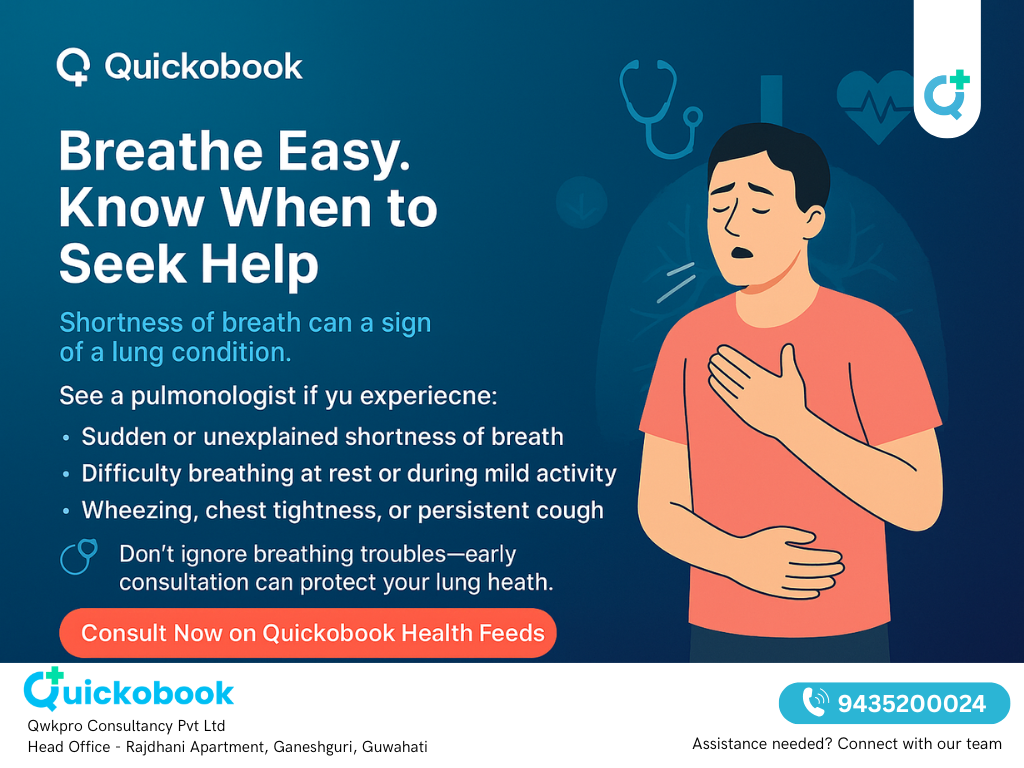

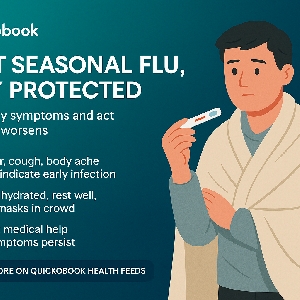
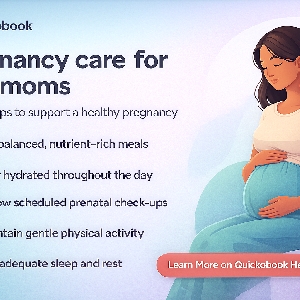
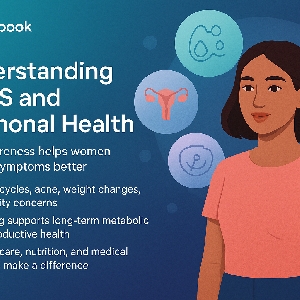
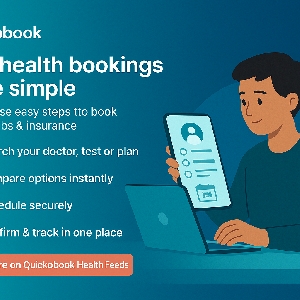
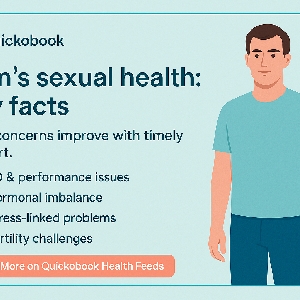
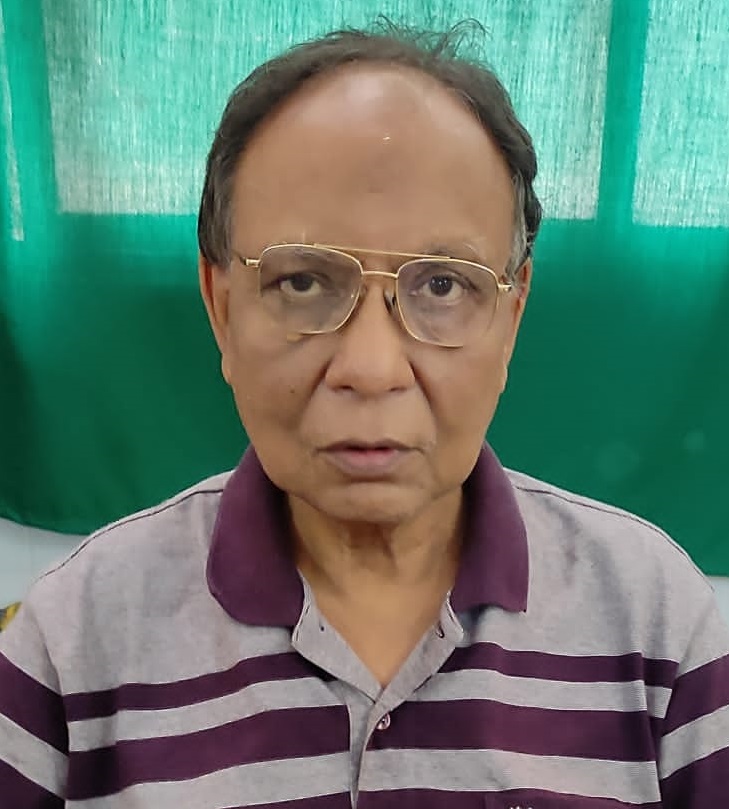


Comments (0)
No comments yet. Be the first to share your thoughts!
Leave a Comment